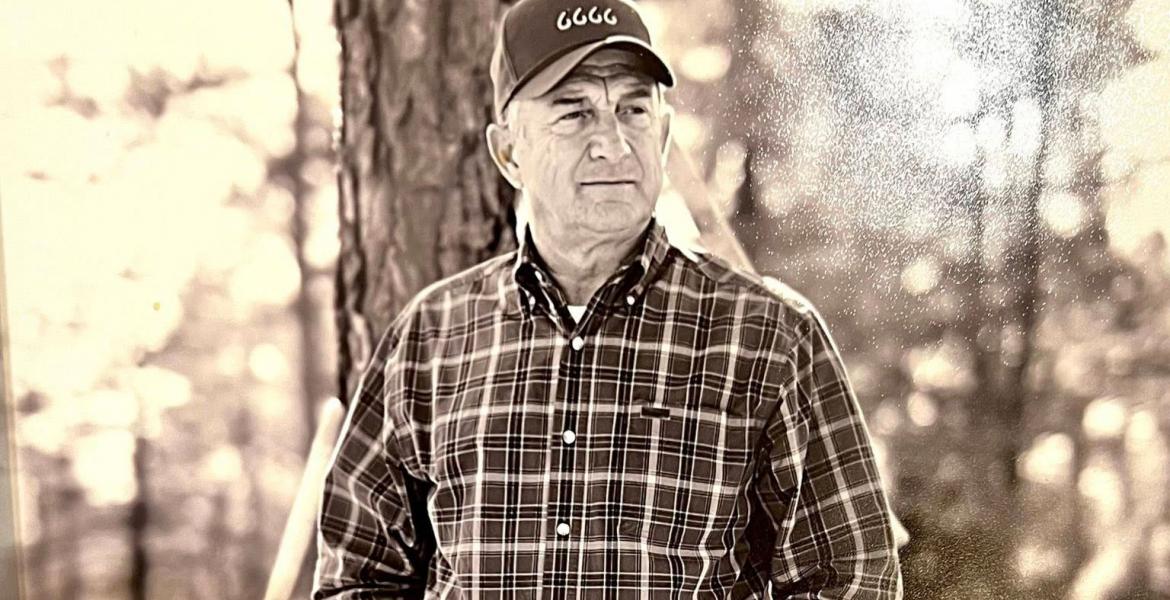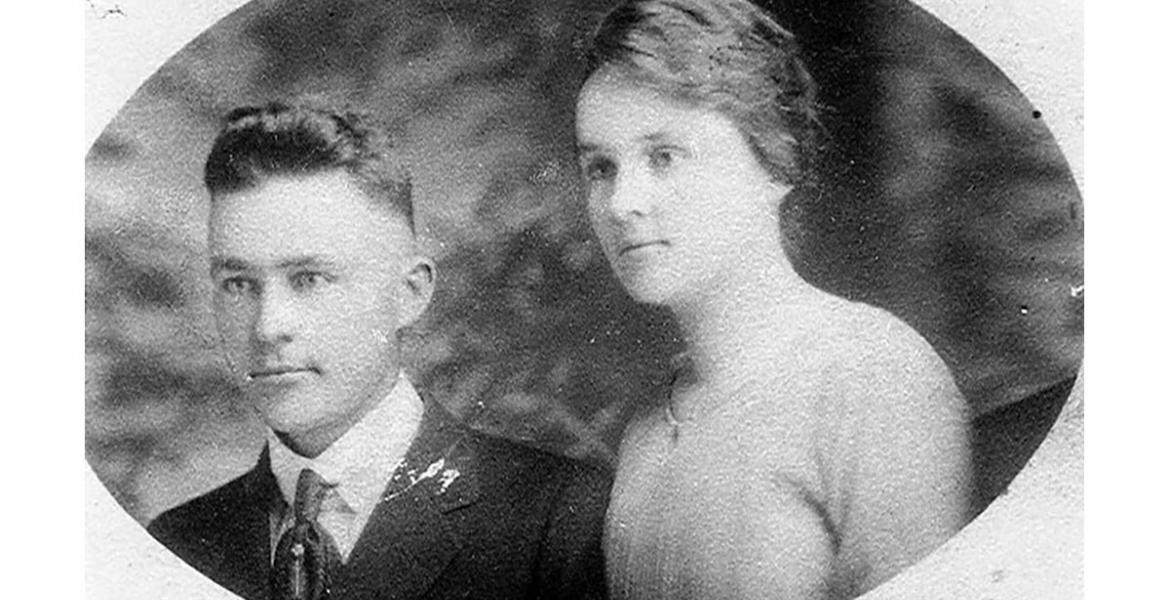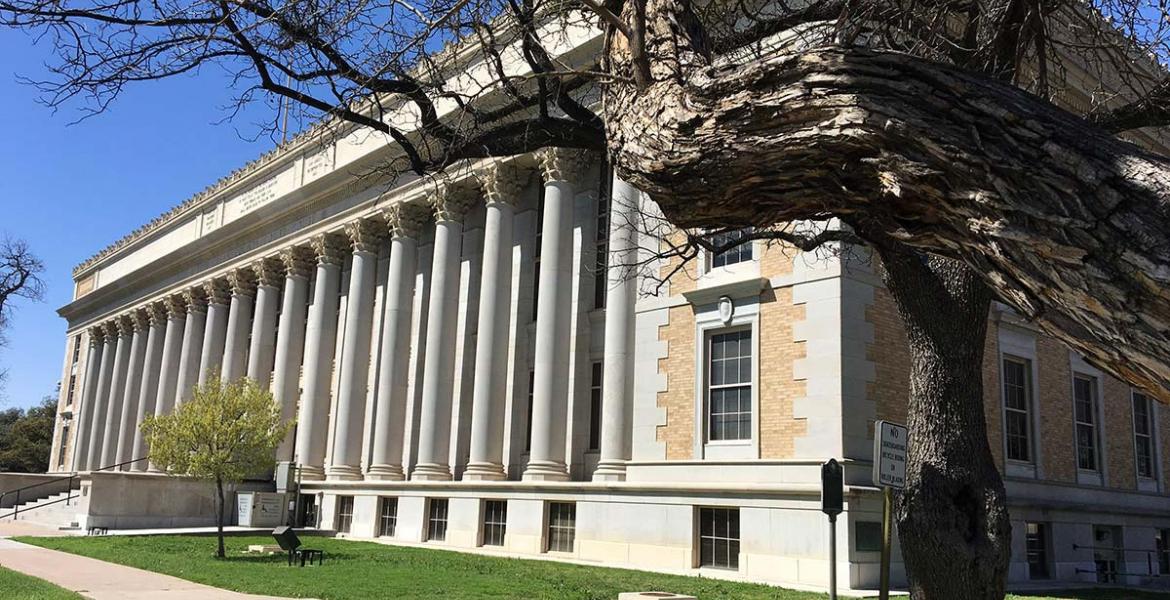Ever since Ben Franklin went out in a thunderstorm and flew a kite in 1752, thereby getting himself zapped by lightning, affordable energy has been an issue. Ben managed to ‘collect’ a ‘charge of electricity’ in a ‘Leyden jar,’ but every time he took it out to ‘show’ it to someone, his ‘stutter’ got ‘worse,’ and eventually his brain activity deteriorated to the point that he had to be put in charge of the House Committee for Postage Regulation, which is why the price of stamps keeps going up.
But use of electricity wasn’t widespread, or even narrowspread, until J.P. Morgan backed Tom Edison to establish his Private Electric company in 1882, and people were finally able to avail themselves of microwave popcorn and charge their cellphones. This opened up a whole new world for Americans, and a whole new range of practical jokes for guys, including, but not limited to, putting little signs over electrical outlets that said ‘Key Cleaner.’ Private Electric gained in popularity and rose through the ranks, until today it’s known as General Electric.

Business was spotty at first, since not everyone in the U.S. had a television, which was probably a Good Thing, since PE had to hire a small army of kite flyers, armed with Leyden jars, who mostly sat around playing cribbage and waiting for thunderstorms. Then, one day, someone decided to burn some coal, and see if they could make electricity with it. Coal was mined extensively in the eastern U.S., but it was not highly regarded because, let’s face it, it was coal. ‘Who needs a lot of coal?’ was the sort of thing people said in those days.
But coal was cheap, because the miners were paid poorly, and nobody really cared much about them, except for when a mine would collapse and trap a bunch of them. People became dependent on electricity after a while, and then PE said, “We’re running out of coal, so we’re going to have to charge more per kilowatt.” And the people said, “What’s a kilowatt?” And PE said, “About fifteen cents, except at peak hours and on weekends, depending on your particular contract, void where prohibited by law, actual mileage may vary, not responsible for accidents, offer valid only in certain areas, but you have to act fast.”
So the cost of electricity kept rising, and people started looking for new ways to make it. They built hydroelectric dams, and solar panels, and put a bunch of nickels in a jar of acid, with a copper wire dangling in it, in Mr. Mikeska’s chemistry class, but that didn’t work. At least mine didn’t. Finally, they started building tall windmills, and setting them up all over West Texas, because there was a lot of room out there. The windmills gave kids on ski trips something to look at, on their way to Colorado and New Mexico, besides the backs of mom and dad’s heads.
The windmills made some electricity, but not a whole lot. Not near as much as dams, or coal, or nuclear reactors with signs over them that said ‘Key Cleaner.’ But the windmills made the environmentalists ecstatic, because environmentalists don’t like key cleaners. They also don’t like dams and coal mines. So everybody lived happily ever after.
Except the birds. A lot of birds evidently flew into the windmills and expire. And the environmentalists didn’t like that, not one bit. But they figured, oh well, they’re just birds, and it beats building dams and digging for coal.

But then it was pointed out that a lot of the birds that were flying into the windmills and getting killed were eagles. Ruh-roh. Eagles are protected birds, all of them, no matter what, amen. So, the environmentalists had a Dilemma. Do we ignore the dead eagles, or do we complain about the windmills we’re so giddy about? Or do we stomp our foot and whine because we can’t have it both ways?
Well, they whined. The U.S. Fish & Wildlife Service has now issued a rule exempting wind-energy companies from prosecution under the Golden and Bald Eagle Protection Act for whacking the birds with the big blades, up to a certain number of eagles annually. That number is evidently 2,000 golden eagles and 4,200 bald eagles per year, if I’m reading the Heartland Institute story correctly.
This did NOT please the environmentalists, but then, what would? They want the windmill people to have to pay restitution for the eagles. We know this, because they tweet and post about it on social media. This requires a lot of fossil fuel, but hey, sacrifices must be made. Just not by eagles. Evidently.
Personally, I’m wondering if I’d get a break if I accidentally killed 2,000 golden eagles this year. And I’m wondering if the USFWS is saying the eagles are less dead if they hit windmills, or if they’re less protected, or what. Do we want to save the eagles, or do we just want to save them from certain forms of demise?
Not that I’m taking sides in this fight. The U.S. Fish & Wildlife Service is a bunch of Bozos, and the environmentalists are a bunch of spoiled brats.
Me, I’m going to sit back and watch what happens on my coal-powered television, while munching on my microwave popcorn. The USFWS and the environmentalists can all go fly a kite . . .
Kendal Hemphill is an outdoor humor columnist and public speaker who almost never flies kites during storms. Write to him at [email protected].
Subscribe to the LIVE! Daily
Required






Post a comment to this article here: